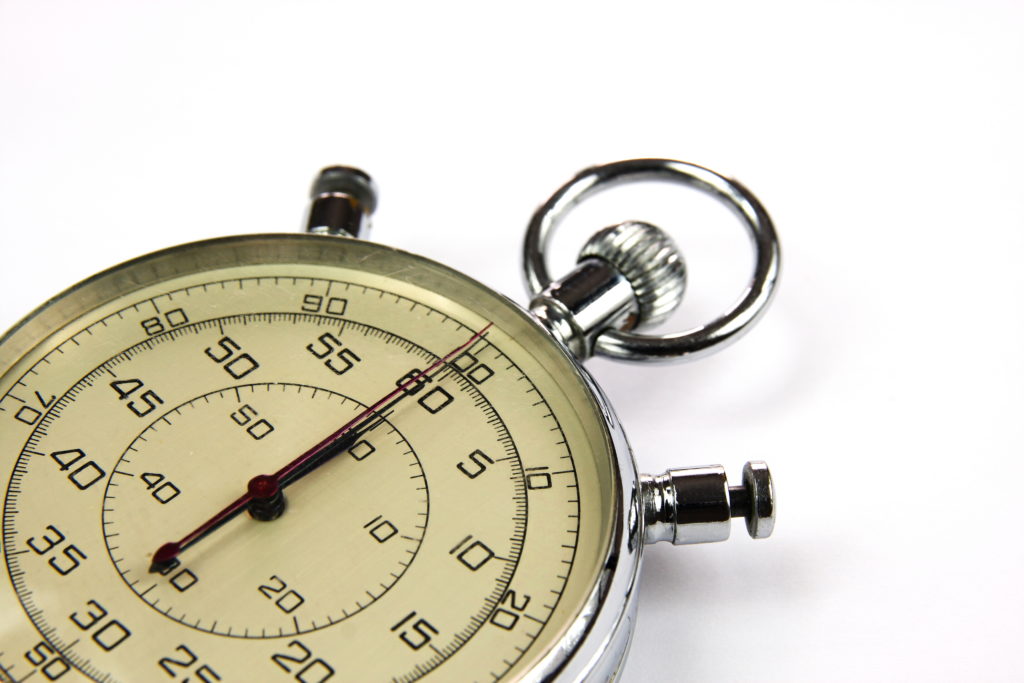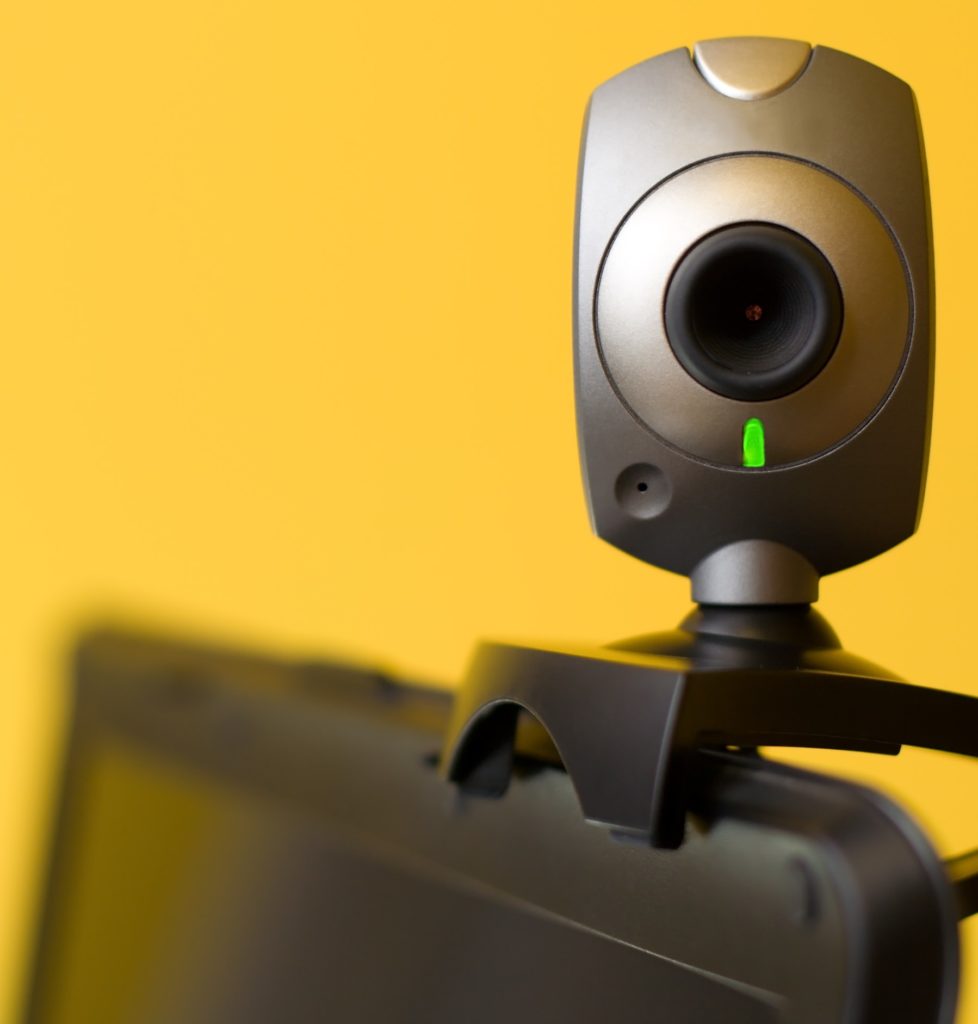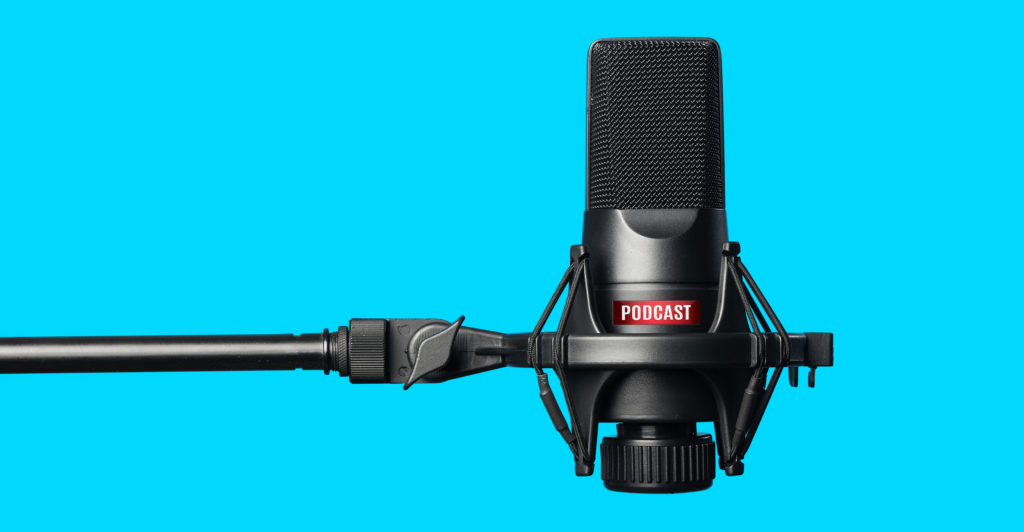Media Training Report 10: How To Prepare For Media Interviews In An Hour

Until now, we’ve taken deep dives into the topics that help media spokespersons become ever more adept at navigating the media landscape. In this final report, we take a shorter view.
Here’s the scenario:
In a newsroom not so far away, a reporter taps out your phone number. She connects. She wants to talk to you about your expertise related to a story she is working on.
You agree to the interview.
Relieved she’s secured a source, she’s happy to give you an hour before you both reconnect (either by phone, Skype, or another live streaming platform). Before you hop off the phone, however, you’ll need some information that will help to make your interview preparation easier.
Here’s what you can do:
- Make sure you have her name, publication or news program she works for, and the topics she covers (if you are not already familiar with her work).
- Ask about the topic or issue the story will cover – the more specific the better.
- Determine if she could use supporting materials – press releases, graphics, photos, videos, or other supplementary documents – and get an email where you can send them. You can often expand your presence in a news story – and influence the narrative – if the reporter chooses your supporting materials.
- Assess how your interview will be used. Is she reaching out to other companies or organizations? Are you the lone voice? Is she looking for an in-depth understanding or a single quote?
The countdown begins.
In this report, we’ll show you that even with this small window, you have time to collect your thoughts, prepare your material, and be the best spokesperson that you can be.
Zero to 60: Make Every Minute Matter
Zero to 5 minutes
- Send the reporter your headshot, your name, the name of your organization, institution, or company, and your title. (If you are doing a live streaming interview and the connection is lost, they can continue with audio and a photo.)
- Send press releases, video, graphics, or other material you may be referencing, or that pertains to the topic.
- Find an interview space free of distractions.
- Alert your co-workers you will be in “do not disturb” mode for more than an hour.

Photo by Glenn Carstens-Peters on Unsplash
6 to 15 minutes
- Pull up the news organization for which she works. Does it have a slant? Does it lean toward sensational or more neutral coverage?
- Skim a few of her stories that most relate to your topic.
- Scan her social media pages.
- Assess her tone and approach.
- Identify her level of understanding about the subject.
- Identify any misconceptions, which will help you to prepare rebuttals.
- Note any competitors she has interviewed in the past. (Their criticisms or comments may be reflected in her questions.)
16 to 30 minutes
- Think about and jot down the main messages you want to communicate.
- List a few message supports, such as stories and statistics.
- Prepare potential rebuttals to opponents’ criticisms.
- Jot down subjects you can’t comment on publicly (personnel matters, proprietary designs, annual sales, etc.) and phrases that will allow you to avoid “no comment.” (“We don’t comment on personnel matters, but I can say that we have an HR team that examines these types of situations in a timely manner.”)
- List the phrases that will help you to transition from off-track, difficult, or hostile questions to your messages. (“I’m not sure that’s the case. Here’s what we know …,” “While that may be the case, the main thing we are focusing on is …,” “An even bigger issue is …”)

31 to 50 minutes
- Draft a short list of some of the most likely, as well as most challenging, questions in advance. Use your notes to guide you to craft on-message responses.
- Practice speaking your responses out loud, so you can hone your messages and delivery.
- Rehearse your responses to off-track, difficult, or hostile questions.
51 to 55 minutes
- If you are using Skype or another live streaming program, make sure that your camera is at eye level. You should look professional. Your desk and background should look uncluttered. Center yourself in the frame (not too close and not too far away). You can learn more tips and techniques in this in-depth report.
- Arrange your notes so you can easily retrieve and see them.
- Get moving. Walk around for about a minute. Get your heart and blood pumping to energize your delivery.

56 to 60 minutes
- Re-situate yourself. Mentally run through your points one last time.
- Remind yourself of who it is you want to reach. Who is your audience?
- Take a few deep breaths.
- Clear your throat.
- Take a quick sip of water.
- Smile and take a deep breath.
- Dial in (Just remember anything you say before the “official” interview begins is assumed to be on record.)
You are ready to go!
These are just guidelines. You may spend a longer or shorter time on any one section. The basic gist is this: When you use the time wisely from interview request to actual interview, you are ready and able for nearly anything the reporter sends your way.








